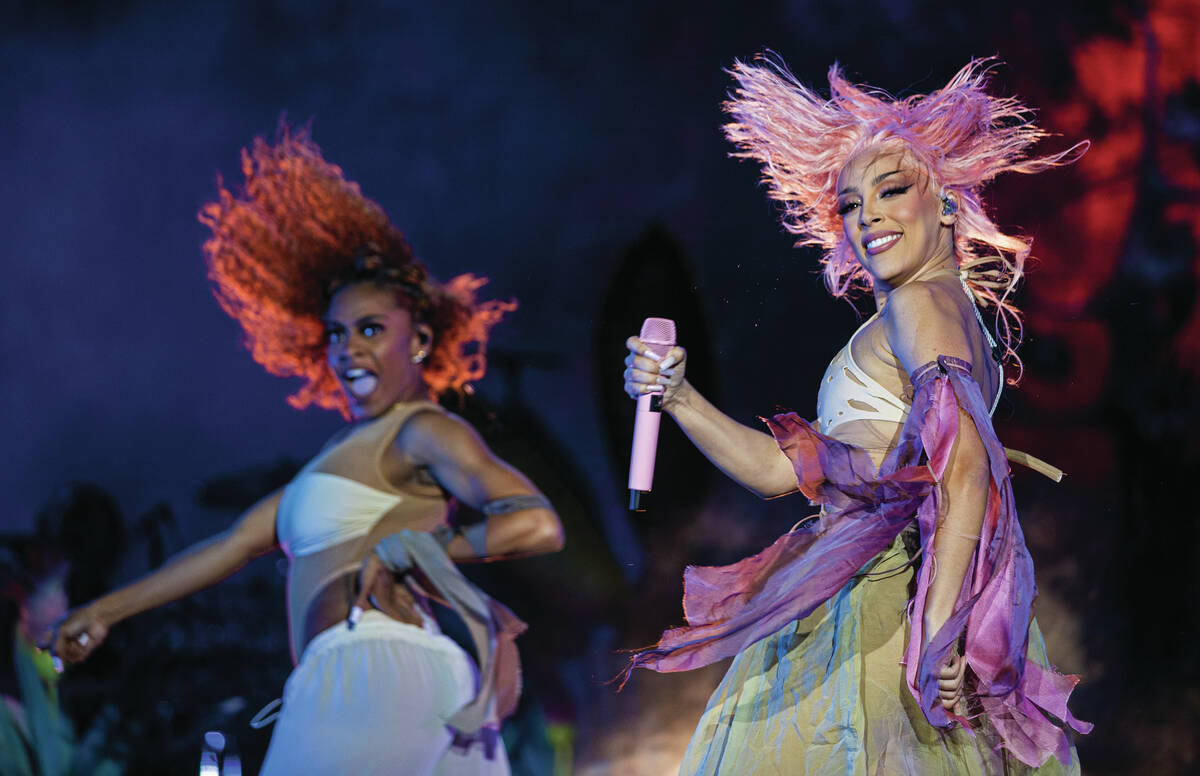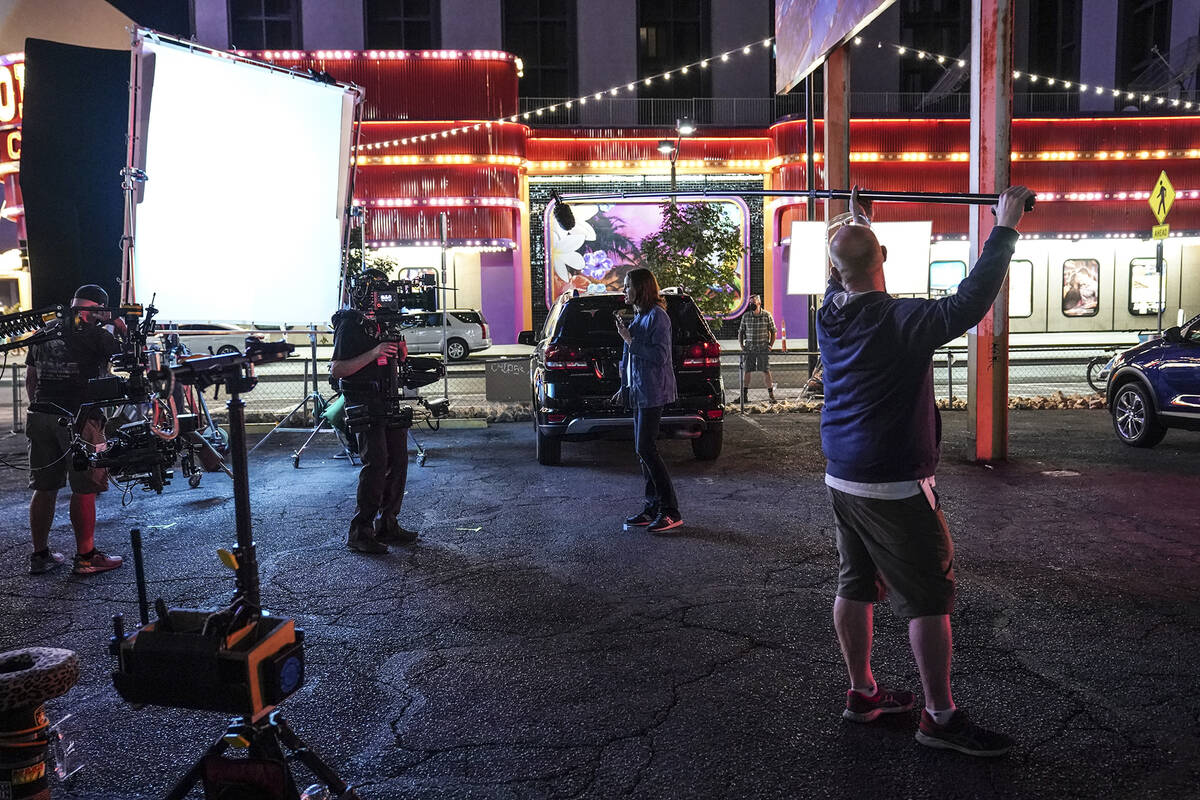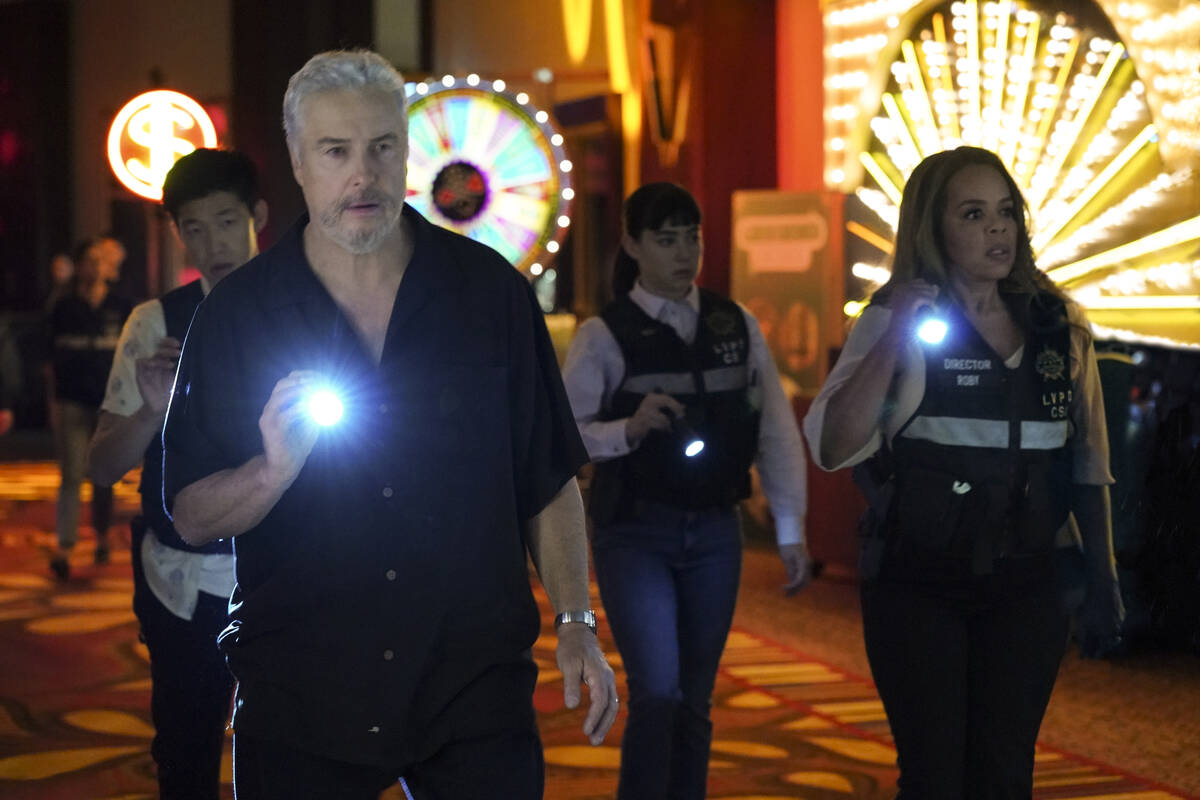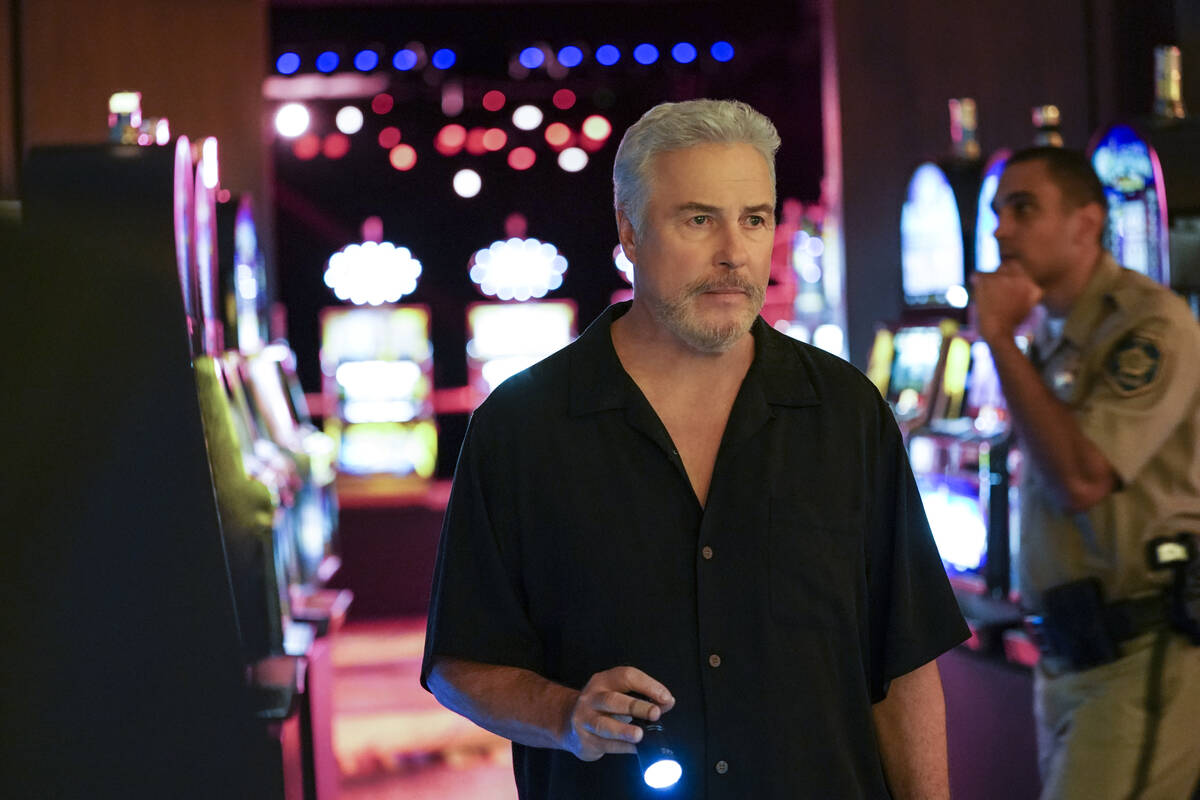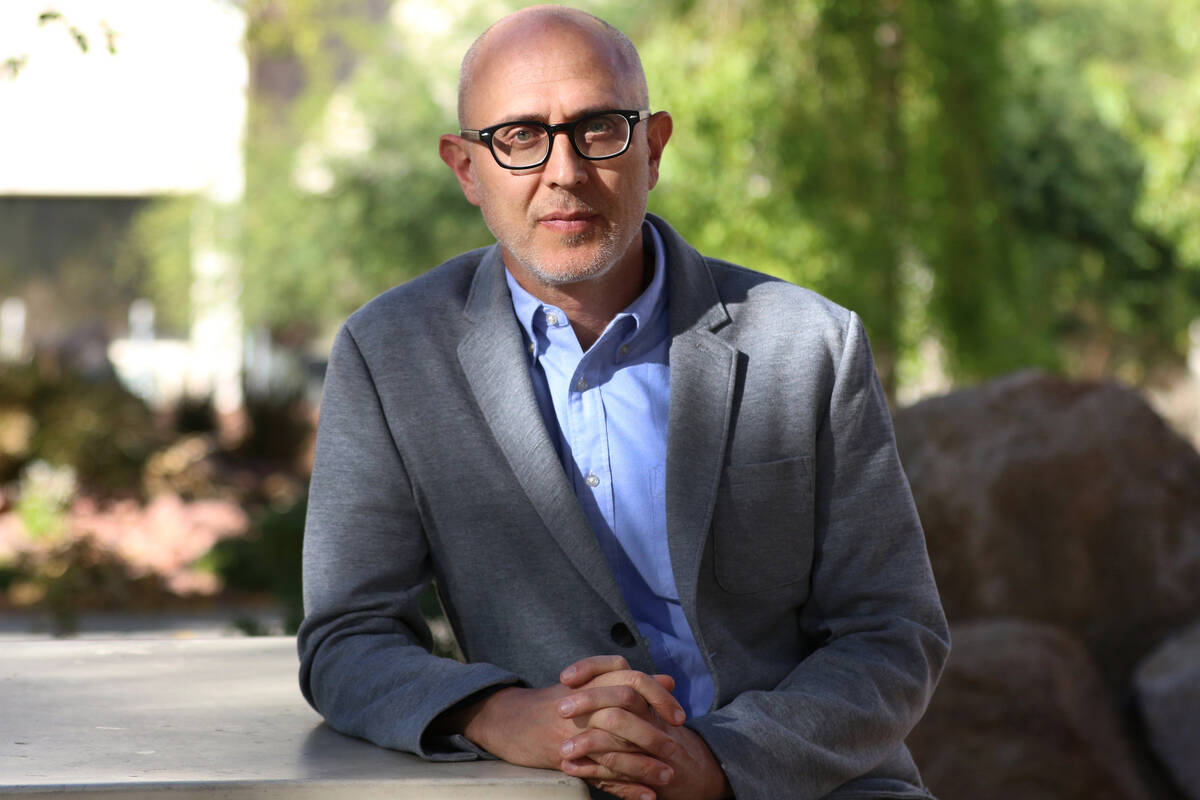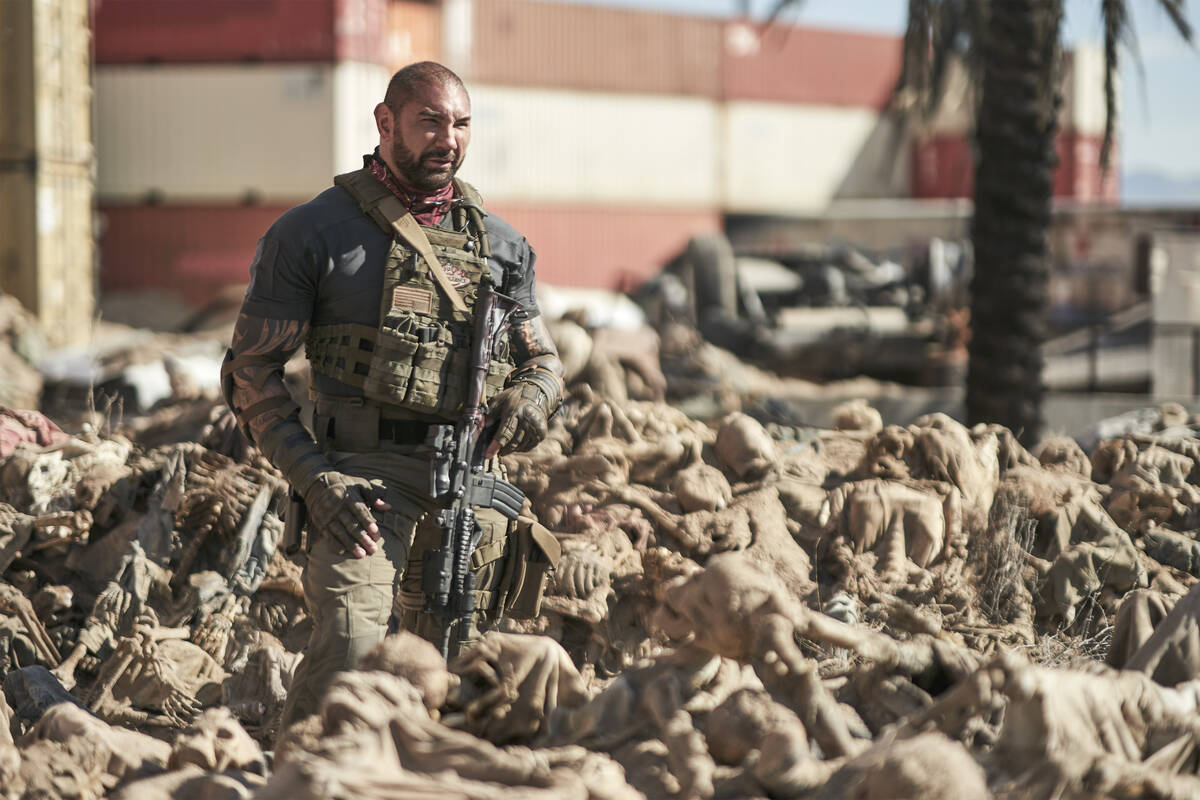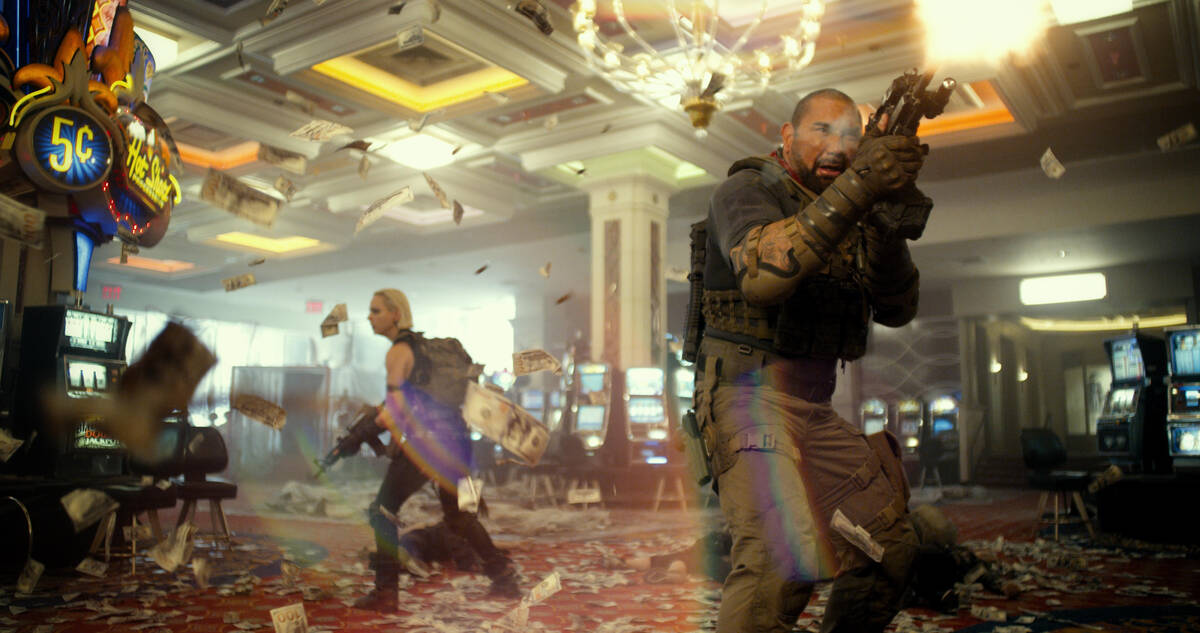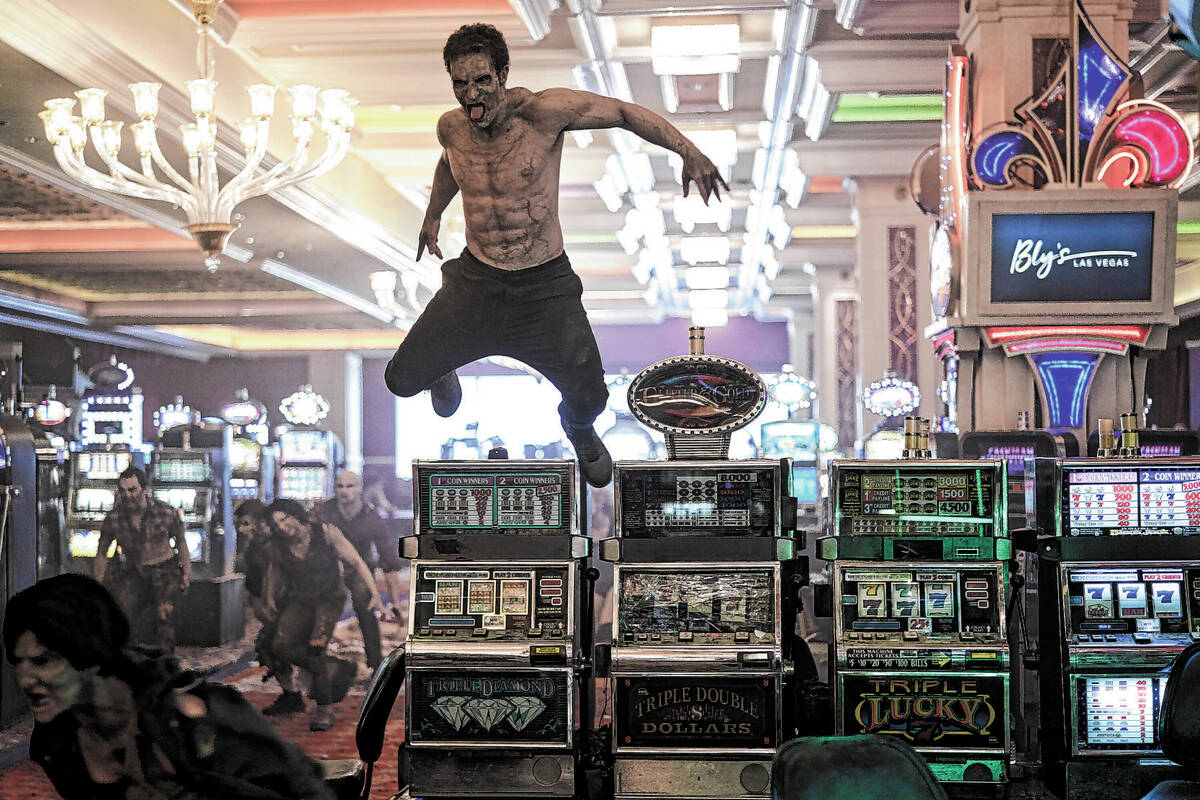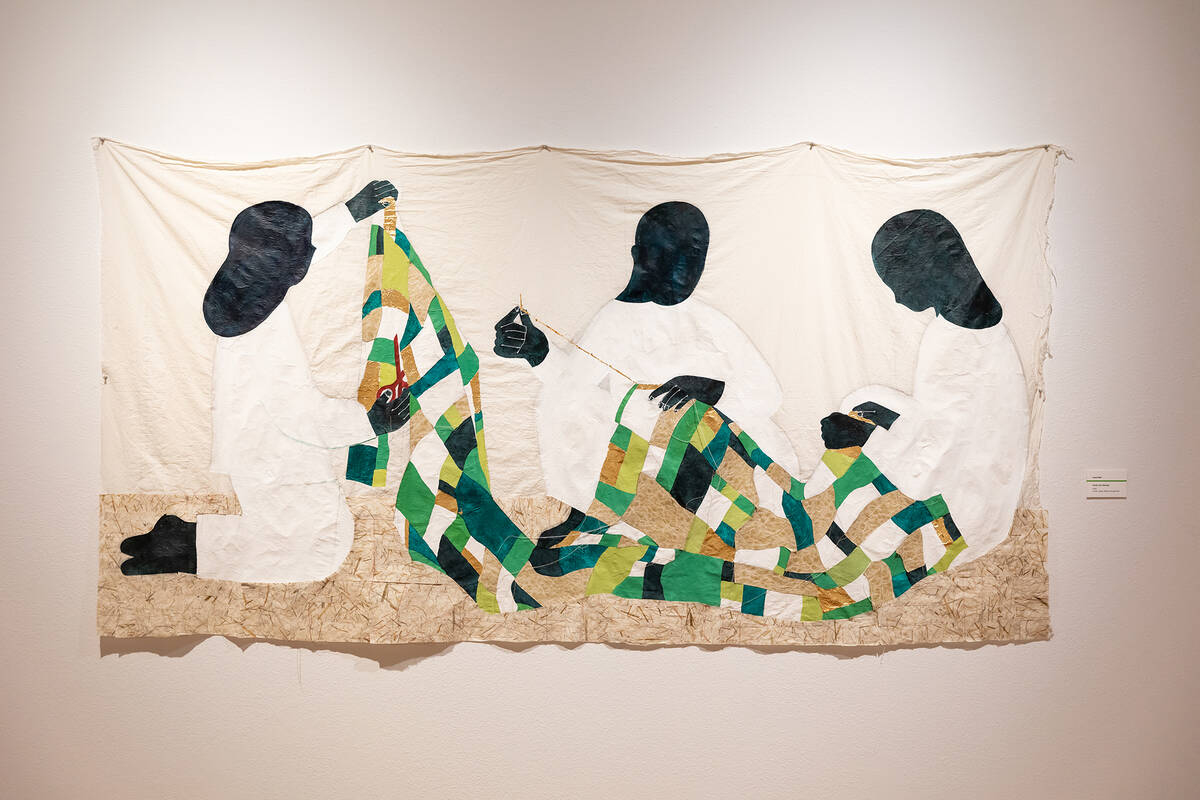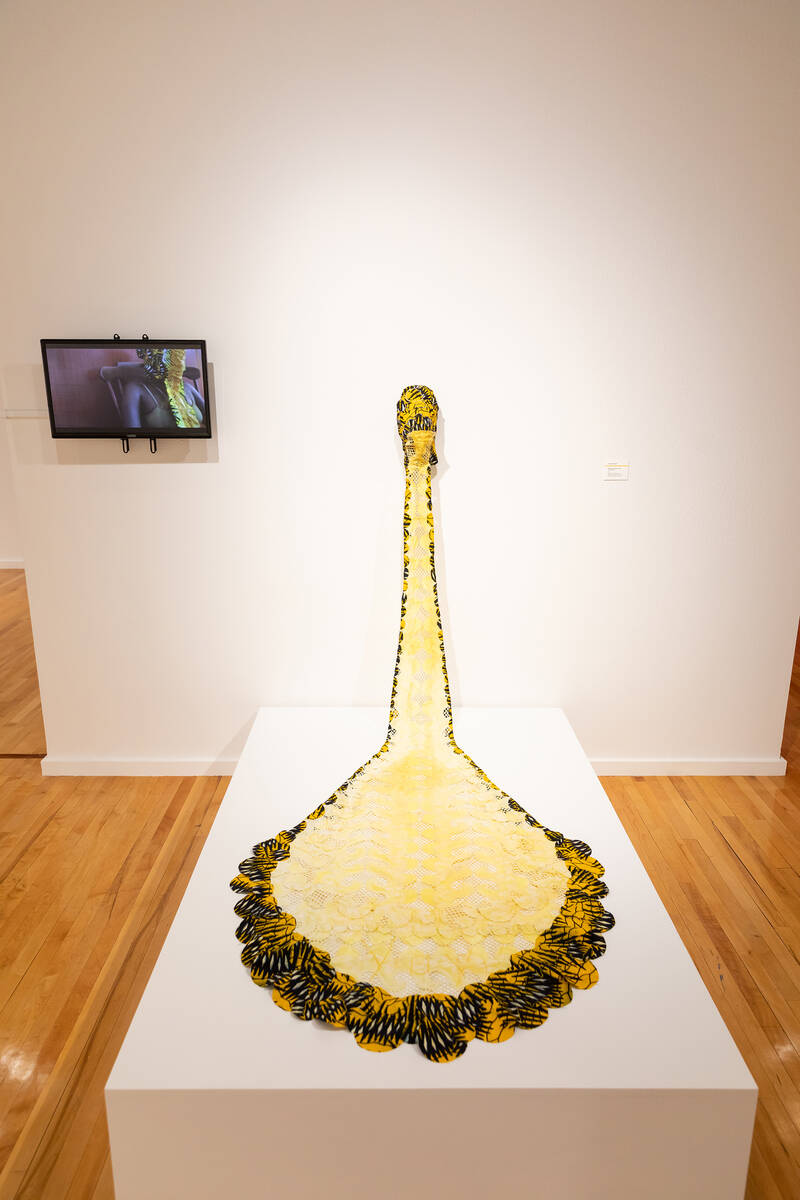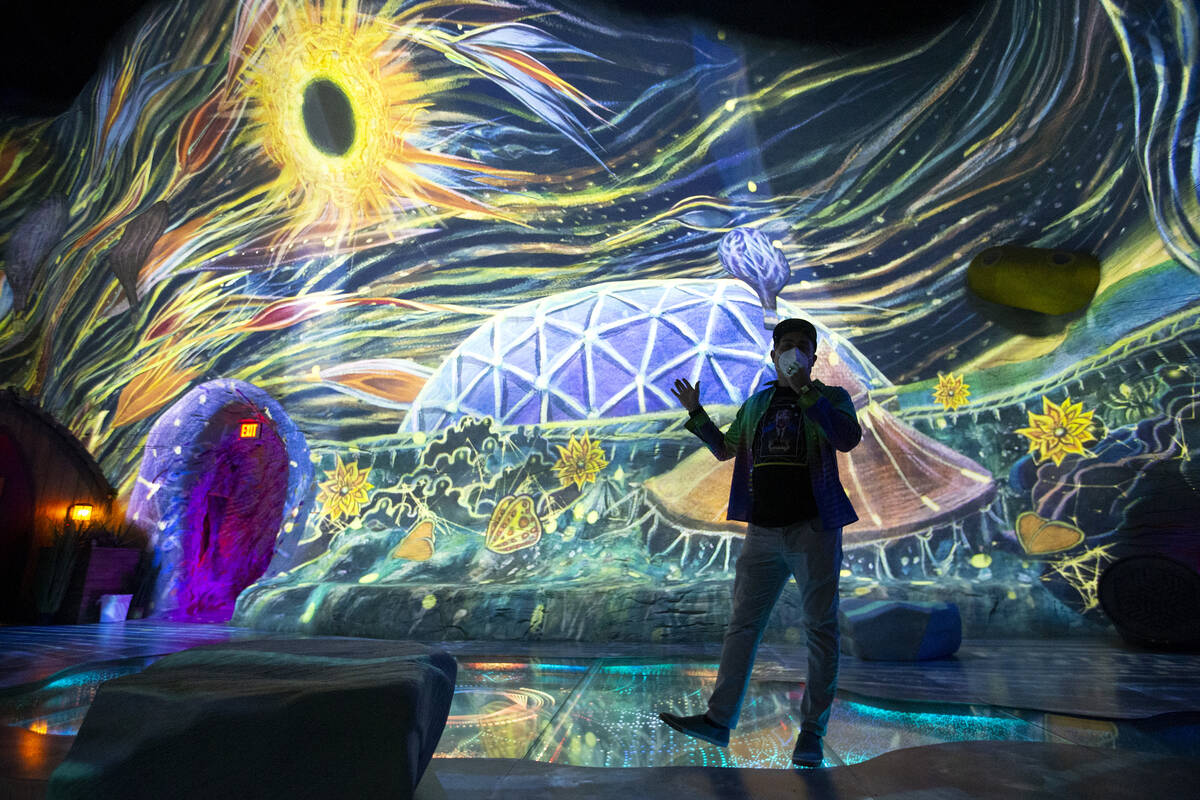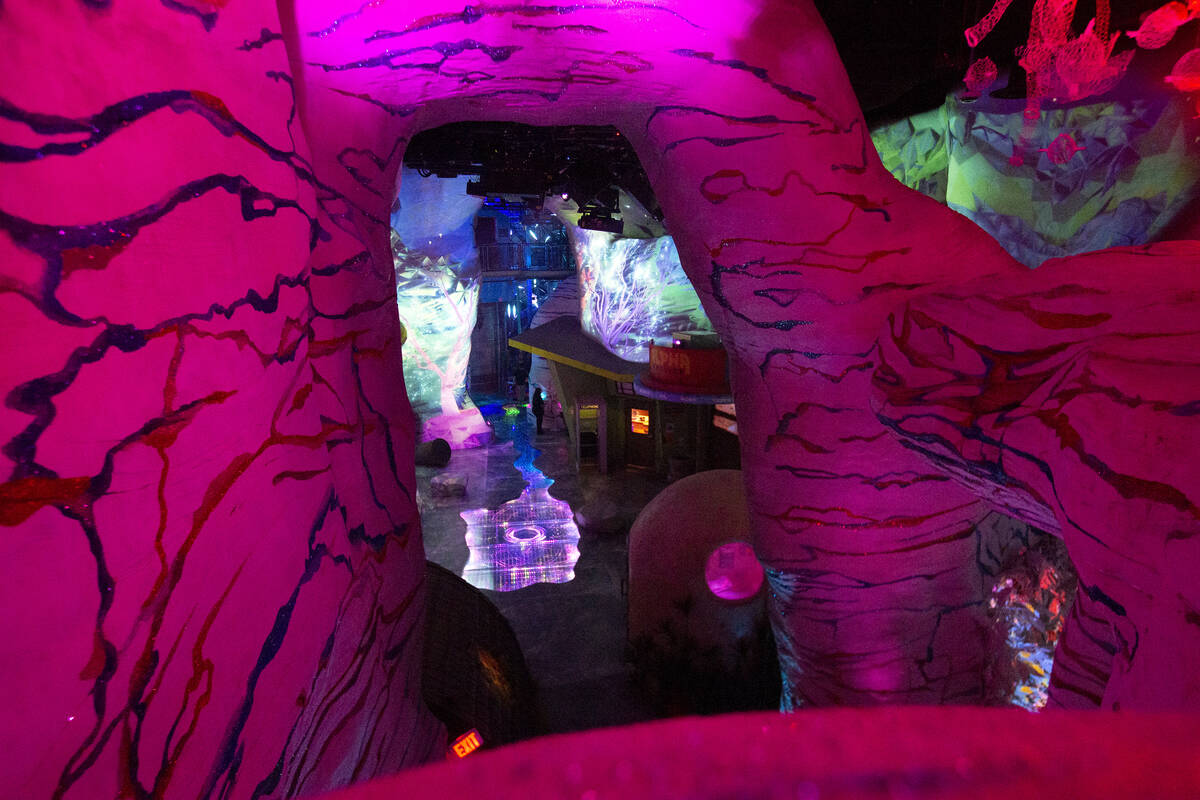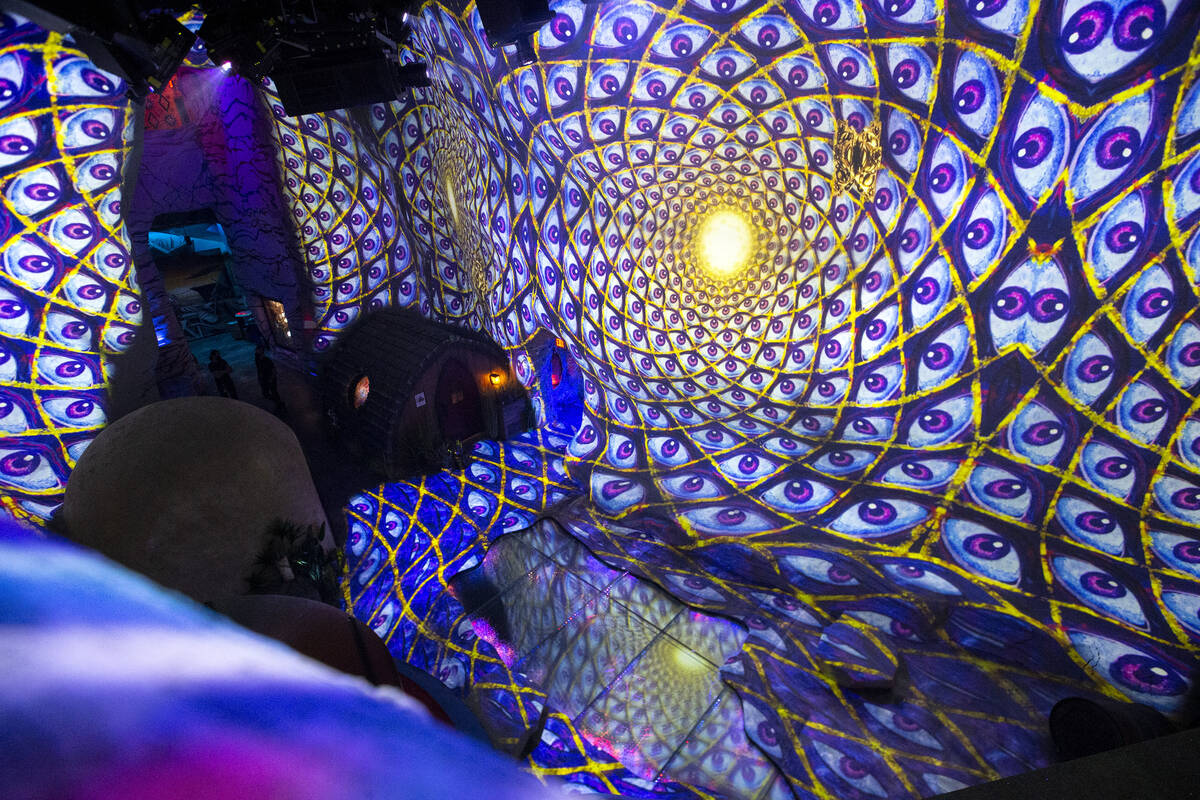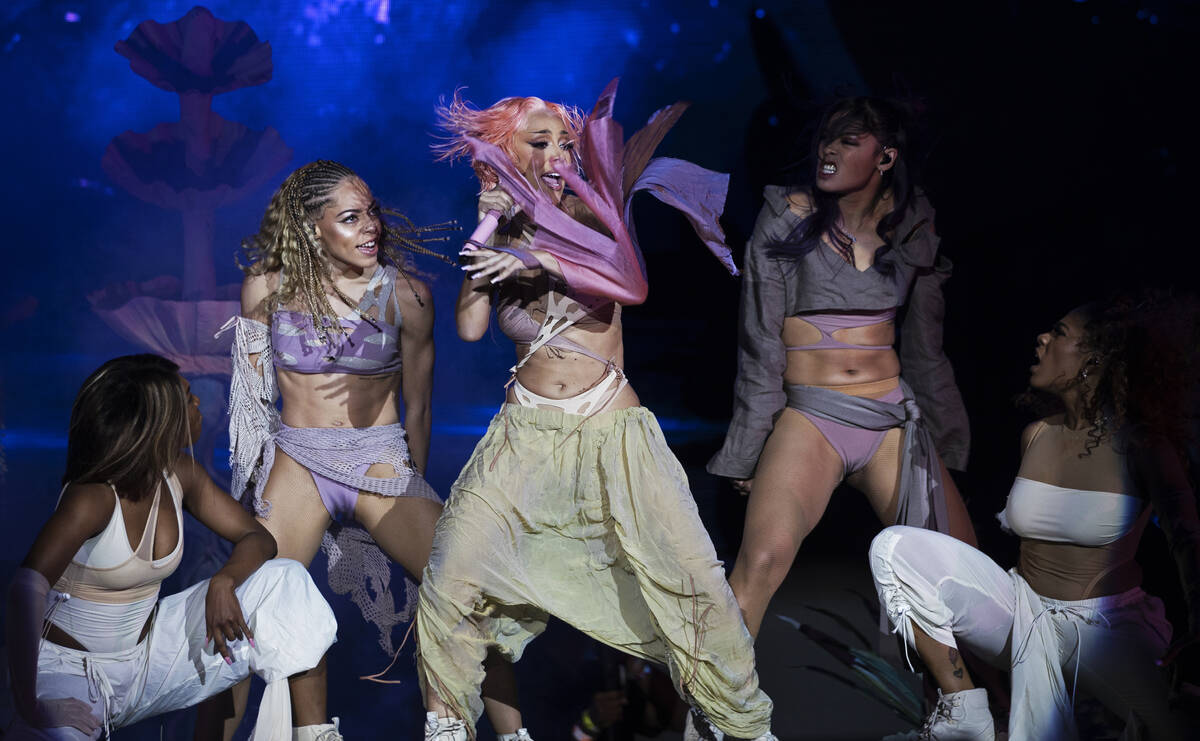2021: The year Vegas got some of its groove back
Given the abrupt face-plant that was 2020 — shutdown, desperation, sourdough in excelsis — one reasonably expected 2021 to be an improvement. ■ And so it (more or less) was. In the spheres of entertainment, culture and restaurants, this year saw a cautious (and, in some cases, incautious) reopening, from The Smith Center to Cirque du Soleil. That’s the main throughline of these 10 developments from this year. Indeed, in some cases — music, in particular — things came back with a new vigor. ■ But there were problems, too. Many restaurants that hung on through the worst of 2020 faced a uniquely 2021 problem: staffing shortages. And human nature remained as volatile as ever, as the shakeup at UNLV’s Black Mountain Institute shows. ■ But the year included happy portents for 2022 — Martha Stewart might open her first restaurant in Las Vegas next year, which, if nothing else, is sure to increase local Snoop Dogg sightings. And may we refer you to the frenzy caused by news of Adele’s upcoming residency? COVID variants willing, perhaps 2022 will feature more “Skyfall” and less of the sky falling.
1. Las Vegas music festivals return in a major way
Life is Beautiful — and so were the ticket sales. When passes went up for grabs in March for the return of the three-day music fest in September, they were all snapped up in minutes . And Life is Beautiful wasn’t alone in having a banner 2021 following a dormant 2020. The Electric Daisy Carnival drew nearly 500,000 fans over three days in its biggest incarnation yet. The hip-hop heavy Day N Vegas sold out almost instantly for its second go ‘round in November, while Punk Rock Bowling, which doesn’t always play t0 100 percent capacity, moved all of its tickets prior to returning in September. Las Vegas has increasingly become a destination market for music fests, with some of the biggest electronic dance music, rockabilly, metal, punk and hip-hop events in the country. And with throwback R&B and rap festival Lovers & Friends coming in May, the trend continues to grow — ticket sales for Lovers & Friends were so strong that a second date was added. Now, if only we can land that elusive polka fest. — Jason Bracelin
2. Restaurants that survived pandemic faced staffing, supply shortages
On the heels of a state-imposed COVID-19 shutdown of nearly two months in 2020 and the rolling capacity limits that followed, restaurant operators spent much of 2021 grappling with staffing shortages and supply-chain issues. While many initially attributed the staffing problems to enhanced unemployment benefits, it soon became obvious that The Great Resignation was to blame, with many workers starting their own businesses, experimenting with side gigs, taking early retirement or changing careers, prompting many restaurateurs to offer signing bonuses or increased wages and/or benefits. Supply-chain issues that originated from COVID shutdowns around the world were exacerbated by a shortage of truck drivers and dock workers, leading to increased food prices and container and trucking fees that, coupled with the higher labor costs, further cut into their already thin profit margins. — Heidi Knapp Rinella
3. Allegiant Stadium debuts as concert powerhouse
When country kingpin Garth Brooks brought 68,000 fans to a sold-out Allegiant Stadium in July, days after after EDM star Illenium performed to a capacity crowd of 35,000, the two gigs combined for an opening week of shows as outsize as the venue itself. And the momentum kept going. Guns N’ Roses played there in August; The Rolling Stones sold it out in November. Metallica, Billy Joel and the Red Hot Chili Peppers have already announced shows for 2022. Not only did the venue re-establish Vegas on the stadium concert circuit in a major way — the last local stadium show was U2 at Sam Boyd Stadium … in 2009 — but in the case of the Illenium and Metallica shows, both are one-off events unique to Vegas, not part of a tour by the acts in question. So not only is Vegas now getting stadium shows, it’s getting stadium shows you can’t see anywhere else. — Jason Bracelin
4. The return of ‘CSI’
Every week for 15 years, “CSI: Crime Scene Investigation” beamed glittery, neon-soaked footage of Las Vegas to as many as 70 million viewers around the world. Six years after its apparent demise, the series came back when the city needed it most as a new incarnation, “CSI: Vegas,” began pushing aside images of the Strip as a pandemic-induced ghost town by once again presenting Las Vegas as a vibrant international destination. “We made a concerted effort,” Mirage tram driver turned “CSI” mastermind Anthony Zuiker said, “to make sure we’re showing the world the latest and greatest of Las Vegas.” Originally intended as a 10-episode event series, “CSI: Vegas” has been renewed for a second season to remind viewers that, COVID or no COVID, Las Vegas is back in the game. — Christopher Lawrence
5. Smith Center reopens, followed by local stages
An empty theater is a lonely place, and when COVID-19 forced The Smith Center for the Performing Arts go dark in March 2020, the loneliness rippled beyond Symphony Park to every corner of Southern Nevada’s performing arts community. Hundreds of shows ultimately were canceled or moved. “It was very challenging,” said James Sohre, general director of Opera Las Vegas. Finally, in July 2021, the darkness began to lift when The Smith Center’s reopening for the 2021-2022 season was announced. After a ceremonial dimming of the ghost light on the stage of Reynolds Hall, Myron Martin, The Smith Center’s president and CEO, confessed that he “hadn’t expected to be without shows for 482 days. You don’t know what that will be like until you live through it.” Soon, on stages all over town, the lights were on. — John Przybys
6. Through the Omega Mart looking glass
It’s hard to know what’s avant garde in a city that offers a hologram Whitney Houston. But AREA15’s Omega Mart, which opened in February, certainly feels new and ahead of all the curves. It condenses the Strip’s visual bombast and sensory overload, its meticulous craftsmanship and knack for narrative public space into a single attraction, then adds a thick layer of artiness and charges an arm and a leg, to achieve a pure, self-directed, selfie-optimized immersive experience. The forking pathways that beg you to get pleasantly lost; the 60 distinct environments created by some 350 artists (many local); the innovative, trippy light work; the surreal touches (flowers with eyeballs!); the way it proposes an alternate reality concealed behind a seemingly banal — until you look closely — general store: Altogether it’s wild, intense, wonderfully disorienting. “Immersive” is one of the main #trending ideas in spectacle-grade entertainment, and Omega Mart has set the bar here. — Scott Dickensheets
7. The churn continued as restaurants closed and opened
Closed: Marigold, Resorts World; Pamplemousse, East Sahara Avenue; Elio and Costa Di Mare, Wynn Las Vegas; Rao’s, Caesars Palace; Mesa Grill, Caesars Palace; Andiron Steak & Sea, Downtown Summerlin; Osaka Japanese Cuisine, West Lake Mead Boulevard; Rose. Rabbit. Lie., The Cosmopolitan of Las Vegas; Blume Kitchen + Cocktails, West Lake Mead Parkway in Henderson; Rooster Boy Cafe, Desert Shores; Naga Thai, Horizon Ridge Parkway in Henderson; VegeNation, Eastern Avenue in Henderson; Johnny C’s Diner, Arville Street.
Opened or reopened: The 40-plus restaurants at Resorts World, including Brezza, Genting Palace, Wally’s and, this week, Carversteak; the eight restaurants at Virgin Hotels Las Vegas, including Olives, One Steakhouse and Casa Calavera; Amalfi, Caesars Palace; Superfrico, The Cosmopolitan of Las Vegas; Harlo Steakhouse & Bar, Downtown Summerlin; Vickie’s Diner, Commercial Center; Chickie’s & Pete’s, Sahara; Piero’s Italian Cuisine, Convention Center Drive; Bagelmania, Convention Center Drive, Hofbrauhaus, Paradise Road; Jing, Downtown Summerlin; Criss Angel’s Cablp, Overton. — Heidi Knapp Rinella
8. Fear and Loathing at the Black Mountain Institute
When executive director Joshua Wolf Shenk abruptly left the UNLV-based literary agency in March, following a self-exposure on Zoom, it lifted the lid on an organization in turmoil. Current and former BMI staffers, some anonymously, lashed out — at Shenk, for what they described as his toxic management style, and at UNLV for having previously ignored their concerns. The university tightened its grip on BMI, shuttering the widely loved but costly Believer magazine, a Shenk project; and some talented staff have left. The tweet storm of sadness that greeted news of the magazine’s shutdown suggested the degree to which it served as an ambassador from Las Vegas to the literary circles in which BMI operates. One thing that survived the controversy: BMI’s annual literary festival, previously named after The Believer, now called Wave In, set to occur in May. In more welcome news, former BMI fellow Claire Vaye Watkins published her widely hailed novel “I Love You but I’ve Chosen Darkness.” Las Vegas and the Mojave Desert figure prominently. — Scott Dickensheets
9. Zombies take over the Strip
Over the years, Hollywood has used everything from earthquakes to Godzilla to The Amazing Colossal Man to level Southern Nevada. But it took writer-director Zack Snyder (“Dawn of the Dead,” “Justice League”) to make the Strip ground zero for the zombie apocalypse — then throw a heist movie on top of it. For “Army of the Dead,” a dozen artists used scissor lifts, drones and a helicopter to create a digital map of Las Vegas Boulevard. Then they thrashed it, complete with Swiss-cheesed high-rises and partially collapsed towers all the way down to the rubble of what had been Carnaval Court at Harrah’s. As one of the most-watched Netflix movies yet, the blockbuster put Las Vegas in front of tens of millions of viewers. “Army of the Dead” was everywhere this summer, spawning a spinoff movie, an animated prequel and a live-action sequel, as well as a virtual reality attraction that set up shop at Area15 and, in a nod to its star Dave Bautista’s former day job, a questionably conceived “zombie lumberjack match” at WWE’s WrestleMania Backlash. — Christopher Lawrence
10. Potent exhibits highlight women of color
In late 2020, UNLV’s Barrick Museum of Fine Art made some pandemic-prompted changes to its curatorial policies: It dedicated itself to smaller, more local exhibitions, often showcasing marginalized communities. That paid off in a big way in the spring of 2021 with one of the year’s most striking shows: “A Common Thread,” a potent survey of textile arts by women of color. It brought together local, national and international artists in wide-ranging, multilayered, deeply affecting consideration of “women’s work,” connection, the passing-on of knowledge and resilience. Meanwhile, across campus, the Donna Beam Fine Art Gallery in November hosted the groundbreaking “‘Ah-Wah-Nee” exhibit. Curated by artist and activist Fawn Douglas, it brought attention to contemproary art made by Indigenous women, a community not represented often enough in the art world. — Scott Dickensheets



